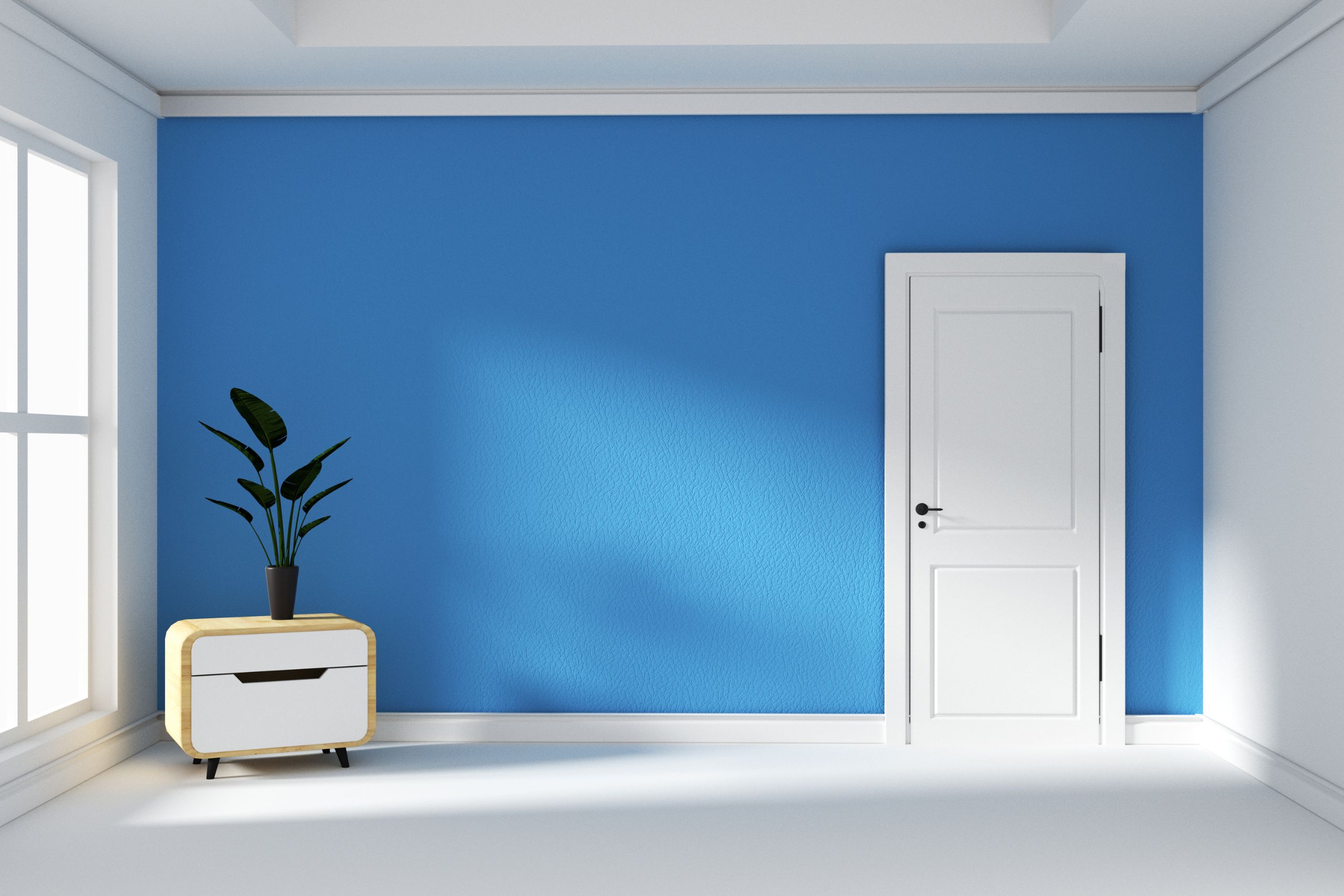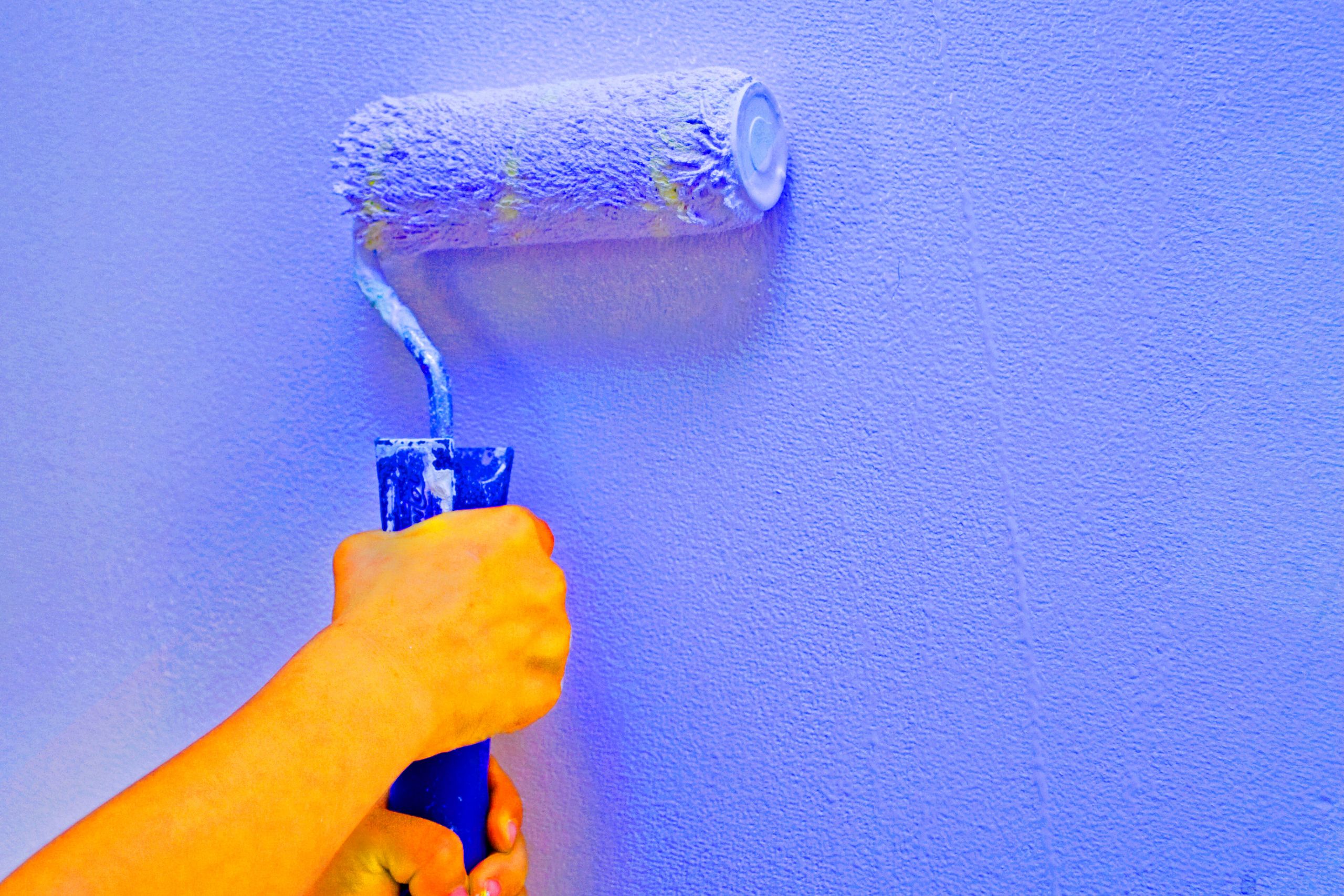In interior design, the use of warm and cool tones significantly shapes the emotional and visual atmosphere of a location. Warm colors like reds, yellows, and oranges would be ideal for living spaces and dining rooms as they promote intimacy, warmth, and energy. Cool tones such as blues, greens, and purples, on the other hand, foster peace and tranquility ideal for bedrooms and leisure spaces. Anyone trying to improve the atmosphere of their house has to understand the idea of color temperature. It affects not just the aesthetic attractiveness but also people’s feelings about occupying a certain area. This post seeks to help readers choose the appropriate tone for their houses by providing understanding on how to properly mix warm and cold tones. Understanding the psychological impact of colors helps homeowners design spaces that both represent their own taste and support wellness.
Understanding Warm and Cool Tones
Colors classified as warm tones make one feel comfortable and pleasant. They include warm and welcoming colors like reds, oranges, and yellows. Often connected with sunlight, fire, and warmth, these hues are ideal for environments where one looks for vitality and optimism. Whether used in home design, fashion, or art that might enhance mood and provide an attractive surrounds, warm colors have a lively and uplifting nature.
On the other hand, chilly tones are made of blues, greens, and purples. Often suggestive of water, sky, and beautiful landscapes, these hues provide a comforting and revitalizing effect. Cool hues encourage tranquility and relaxation, hence they are ideal for developing peaceful surroundings or for corporate settings where clarity is very important.
One could tell warm from cold colors rather quickly. One wise approach is to look at the color undertones. Warm colors generally have yellow or red undertones; cool colors often have blue or green undertones. A color wheel also divides warm from cool tones using their relative placements to one another.
Choosing Warm Tones for a Cozy and Inviting Space
Choosing warm hues can enable any space to become a pleasant haven for anybody. Warm colors such as gentle reds, mellow oranges, and rich yellows would be excellent in living rooms and bedrooms as they may encourage intimacy and warmth. Perfect for social gatherings or quiet time at home, a warm color scheme accentuates family and friend relationship as well as relaxation.
Among the greatest places to use warm colors are eating areas and reading corners. In dining rooms, warm colors stimulate conversation and appetite, therefore promoting a lively environment. Warm colors in reading nooks help to relax and concentrate, thereby engulfing inhabitants in peace while they enjoy in their book getaways.
Including neutral components like beige, white, or natural wood accents helps one properly balance heated hues. This approach keeps the general warmth while avoiding a place from becoming overbearing. Neutral-colored soft furniture, artwork, and accent pieces will balance warm tones and provide a harmonic and calm surroundings. Warm colors used sensibly overall improve comfort and help any area to seem friendly and lived-in.
Opting for Cool Tones for a Fresh and Relaxing Vibe
Selecting cool hues for home décor creates a contemporary and tranquil environment perfect for enhancing the living area. Among other cold colors, blues, greens, and light lavenders provide calm and quiet. These colors are inherently calming, hence they are perfect for areas like restrooms and bedrooms where rest is rather important. Cool tones help to create a calm environment that promotes quiet times and pleasant escapes after a demanding day.
Apart from bathrooms and bedrooms, cold colors improve locations fit for meditation and concentration, including offices or specialized meditation rooms. The peace of these hues helps individuals to concentrate and pay attention, therefore facilitating their participation in artistic projects or meditation as well as effective work.
When mixing chilly colors, using whites or metals may enhance the total appearance. White’s purity highlights the freshness of cool tones; metallic components provide a sophisticated touch resulting in a sleek, modern look. This combination gives the space contemporary appeal and keeps a calm influence by means of a neat and balanced scene. All things considered, the chosen cool tones provide a serene and energizing atmosphere all over the home.
Using Undertones to Find the Perfect Balance
Choosing colors for a room calls for an awareness of undertones. Undertones are the subdued colors that underlie a surface color, therefore affecting its general look. A gray paint, for instance, may contain blue undertones, which would chill it; a beige would have yellow undertones, thereby generating warmth.
The way colors interact in a space depends more on warm rather than chilly undertones. These undertones may be found even in neutral hues such as gray and beige, therefore influencing the atmosphere of the environment. While cold undertones may produce a refreshing and calm surroundings, warm undertones inspire warmth and comfort.
Testing paint samples is quite essential if one wants the intended impact. Seeing them in both natural and synthetic light will help one to see how undertones change with varied lighting environments. This testing method guarantees that the selected colors accentuate your furniture and blend with each other. Through awareness of undertones, people may easily discover the ideal balance in their environments, therefore improving warmth and peace. Knowing these intricacies helps one create aesthetically pleasing and well-coordinated homes.

Conclusion
Warm and cool tones arouse different emotions, which considerably influences the mood of a place. Reds, yellows, oranges—warm colors—create a friendly and pleasant atmosphere perfect for places meant for socializing and relaxation. Conversely, chilly tones—blues, greens, and purple—imply calm and tranquility and are therefore ideal for settings intended for concentration and silence. The homeowner’s individual preferences will determine which of these tones best fits their planned setting. Warm colors might thrill and invigorate a place; cool colors could provide a peaceful background. In quest of the perfect mix fit for their taste and way of life, homes owners could play about with warm and cool colors. Achieving the ideal balance may improve the general home experience. Readers are urged to investigate more on “color inspiration and trends” on many blogs as they set out on their path to change their environments with color for more ideas and inspiration.




